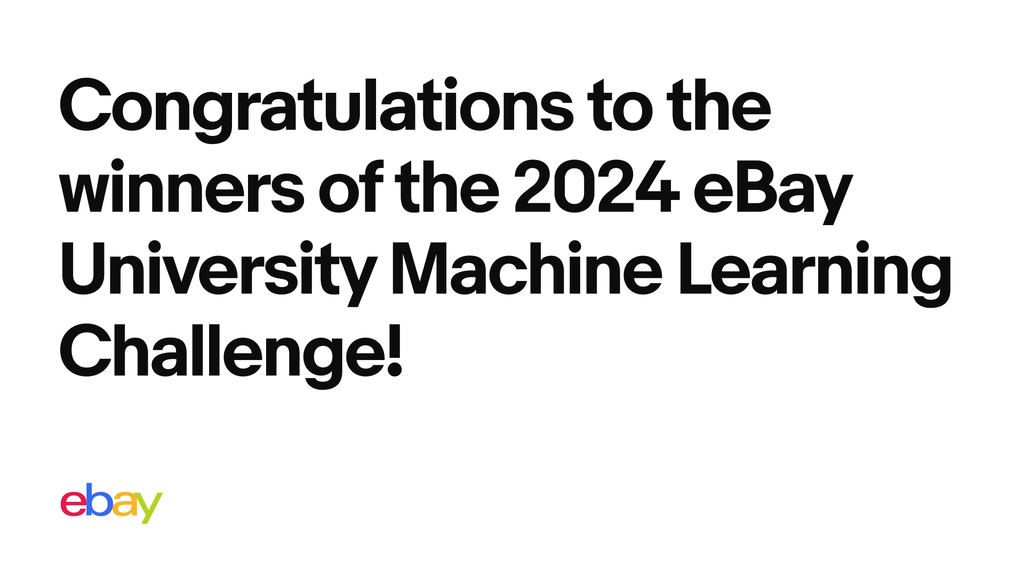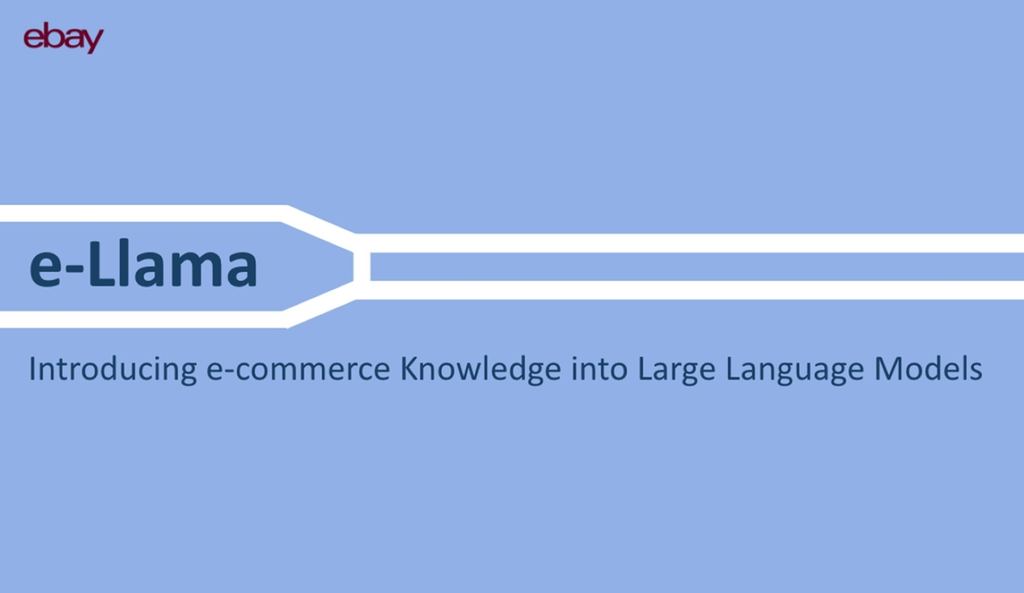Facilitating Docs-as-Code implementation for users unfamiliar with Markdown
Introduction Although Grab is a tech company, not everyone is an engineer. Many team members don’t use GitLab daily, and Markdown’s quirks can be challenging for them. This made adopting the Docs-as-Code culture a hurdle, particularly for non-engineering teams responsible for key engineering-facing documents. In this article, we’ll discuss how we’ve streamlined the Docs-as-Code process […]
Continue Reading








